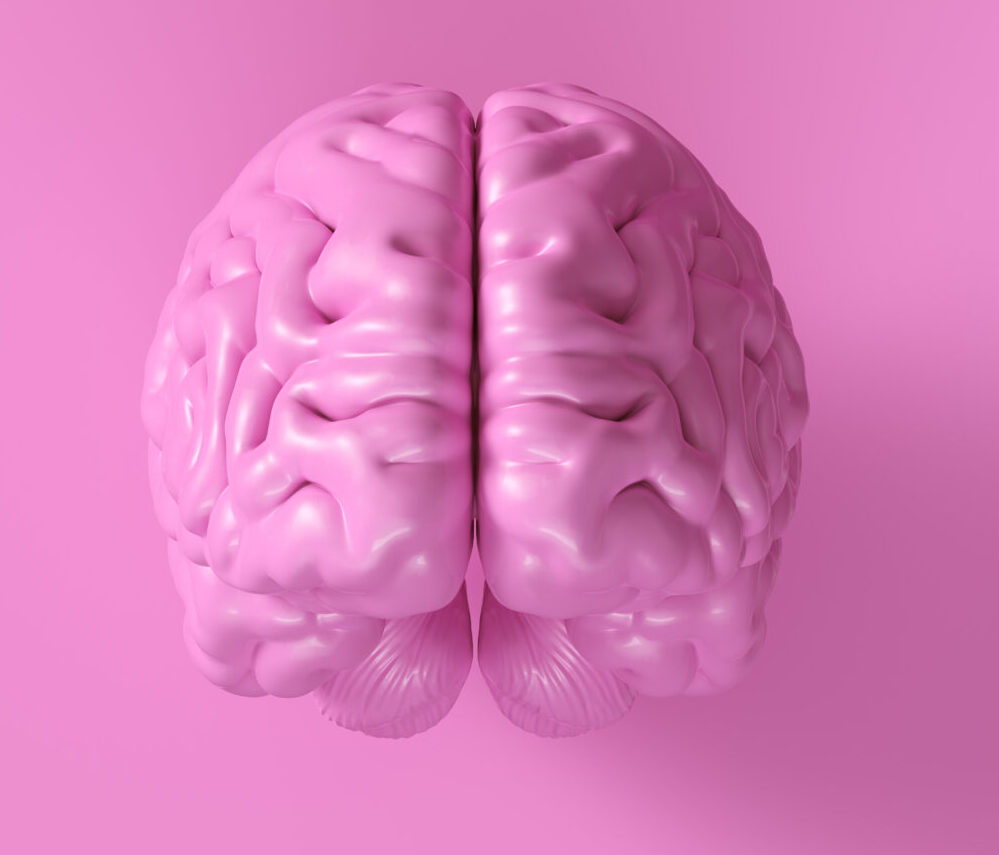Hidden Dangers Lurking in Homes of Dementia Patients
**Hidden Dangers Lurking in Homes of Dementia Patients**
Caring for a loved one with dementia can be a challenging and rewarding experience. However, as the disease progresses, it can also introduce new and unexpected dangers into the home. These dangers can be hidden in plain sight, making it crucial to take proactive steps to ensure the safety of both the patient and those around them.
### Why Safety Concerns Arise
Dementia affects the brain in various ways, leading to changes in memory, reasoning, and sensory perception. These changes can make everyday tasks more difficult and increase the risk of accidents. For instance, a person with dementia might forget how to use a stove or not recognize the temperature of water, leading to burns. They might also become confused about medications, leading to overdoses or underdoses.
### Common Hidden Dangers
1. **Firearms and Sharp Objects**: Even if your loved one has always handled firearms safely, dementia can cause confusion and fear. It’s essential to remove or secure all firearms and sharp objects to prevent accidents.
2. **Hot Water**: People with dementia may not recognize the temperature of water, which can lead to scalding. Installing an automatic thermometer for water temperatures can help prevent this.
3. **Cleaning Chemicals**: Locking up cleaning chemicals is crucial. These substances can be poisonous if not used correctly, and a person with dementia might confuse them with other household items.
4. **Medications**: Securing medications is vital. If your loved one needs to take medications daily, consider locking them up and administering them yourself to prevent overdose.
5. **Electrical Appliances**: Some electrical appliances, like stoves or ovens, can be hazardous if not used properly. Ensuring that these appliances are out of reach or using safety features like automatic shut-off can help prevent accidents.
6. **Slippery Floors**: Dementia patients might forget to clean up spills or might not notice slippery floors, which can lead to falls. Ensuring that floors are clean and using non-slip mats can help prevent falls.
### Creating a Safe Environment
Creating a safe environment for a dementia patient involves making several changes to the home. Here are some steps you can take:
1. **Remove Hazards**: Remove any hazards that could cause accidents, such as sharp objects, hot appliances, or slippery floors.
2. **Use Safety Aids**: Use safety aids like automatic thermometers, locks for cleaning chemicals, and non-slip mats to prevent accidents.
3. **Install Safety Devices**: Install safety devices like smoke detectors and carbon monoxide detectors to alert you in case of emergencies.
4. **Label Items**: Labeling items in the home can help the patient remember what they are and how to use them. For example, labeling the stove or oven can help prevent accidents.
5. **Create a Routine**: Creating a routine for daily tasks can help the patient stay on track and reduce the risk of accidents.
6. **Seek Professional Help**: If you are unsure about how to create a safe environment or need additional support, consider seeking help from professional caregivers who specialize in dementia care.
### Conclusion
Caring for a loved one with dementia requires a lot of effort and attention to detail. By identifying and addressing the hidden dangers in the home, you can significantly reduce the risk of accidents and ensure a safer environment for both the patient and those around them. Remember, it’s always better to be safe than sorry, and taking proactive steps now can make a big difference in the long run.





